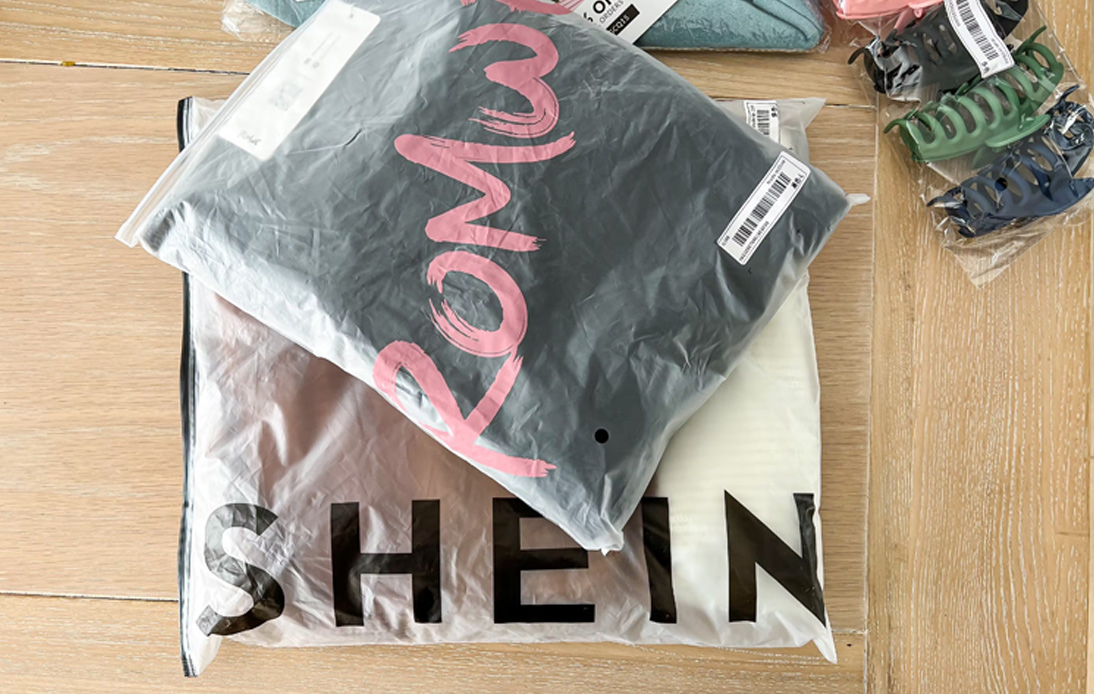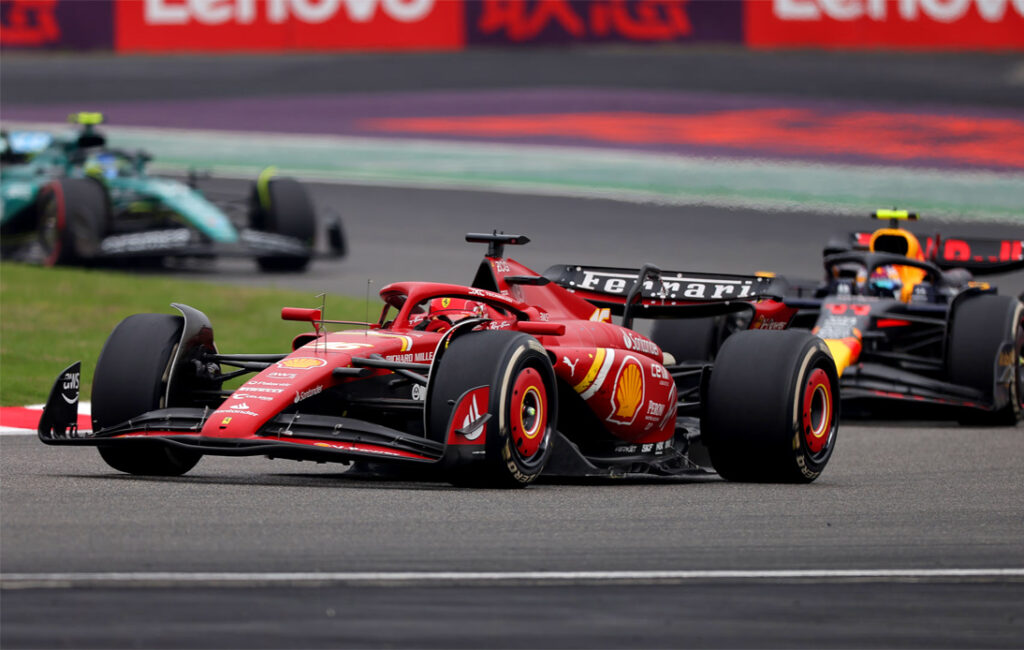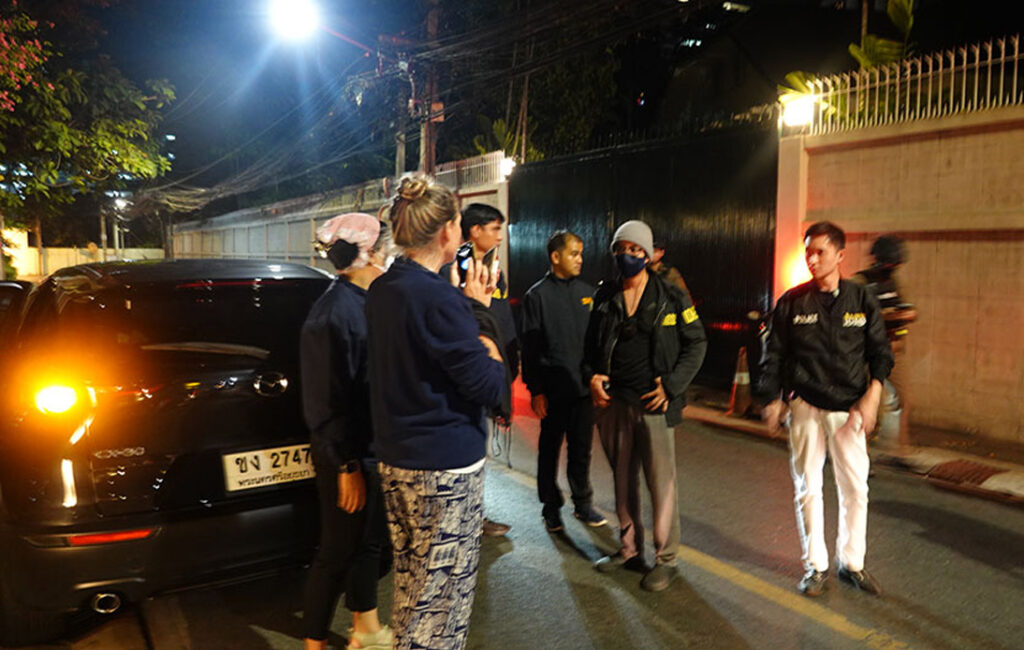
There are many popular things among Gen Z youth, including TikTok and smartphones.
However, the most famous is not a “thing” but a brand: SHEIN. The global fast-fashion and lifestyle e-retailer had so many sales in recent years that it overtook huge industry players H&M and Zara.
In fact, SHEIN managed to generate $15.7bn in revenue last year, selling products priced as low as $2 for a top and less than $0.50 for a necklace.
Also, it has such a large user base that it knocked Amazon into second place after the SHEIN app became the most downloaded shopping app in the US.
According to Bloomberg, SHEIN was valued at $100bn in April this year, surpassing its two largest competitors combined.
The brand was founded in China but does not sell locally.
However, it recently made headlines after announcing that it would locate one of their headquarters in Singapore after making a Singaporean firm its de facto holding company.
It also unveiled plans to expand to other countries in Southeast Asia.
SHEIN also has a well-thought marketing strategy with first purchase discounts, flash sales with countdowns, and even a points system with casino-like games.
Digital agency Rouge Media ranked SHEIN as the world’s “most manipulative fast fashion brand,” saying it used the most tricks to hook shoppers and manipulate them into spending more among UK’s 30 largest retail websites.
However, the fashion e-retailer has not only been questioned for its marketing and sales practices. SHEIN faces criticism for how it operates and its impact on both society and the planet.
The brand has said its business model can be good for the environment, arguing that it leverages real-time search and analyzes consumer data to understand demand before production begins.
In this way, SHEIN reportedly manufactures with precision and produces enough to meet demand while saving time, money, and resources. Also, its partnerships with other manufacturers allow the brand to produce lower minimum quantities at faster rates than its competitors.
As a result, what usually takes weeks, is just three days for SHEIN. However, its platform reports that over 10,000 new items are produced every 24 hours, which is a huge amount!
SHEIN also offers a policy that makes returns easy, but an article in The Guardian suggested that all returned items go to landfill.
According to the brand’s Sustainability and Social Impact report, it diverts such returns through its donation programs. Nevertheless, a few details about it were revealed.
With such high production numbers and its factories’ location, SHEIN has faced criticism for labor exploitation. Recently, a conspiracy theory on TikTok claimed that the fast-fashion brand’s employees were sending messages asking for help through clothing tags.
While the theory has gotten out of control, it’s well-known that fast-fashion brands like SHEIN usually produce clothes in bulk, sacrificing proper working conditions. According to a Business of Fashion report, a Swiss watchdog group found that employees at some of the brand’s factories worked 12 to 14 hours a day for 28 days a month for really poor wages.
Moreover, intentionally or not, the brand has promoted the throwaway culture. Fast fashion brands are not usually interested in their items lasting but in their consumers buying more. As a result, the amount of discarded clothing is so great that even donations do not solve the problem.
SHEIN also poses a risk for local businesses and the second-hand clothing industry. Small stores have a better social and environmental impact but do not offer competitive prices. When it’s so cheap to buy clothes at stores like SHEIN, there’s really no incentive to buy used garments.
Consequently, businesses that produce small batches but are more responsible and ethical face greater challenges, and finding something unique in stores would be increasingly difficult.
And what about the environment? Well, excessive consumption and throwaway culture are high-caliber weapons shooting the planet.





















